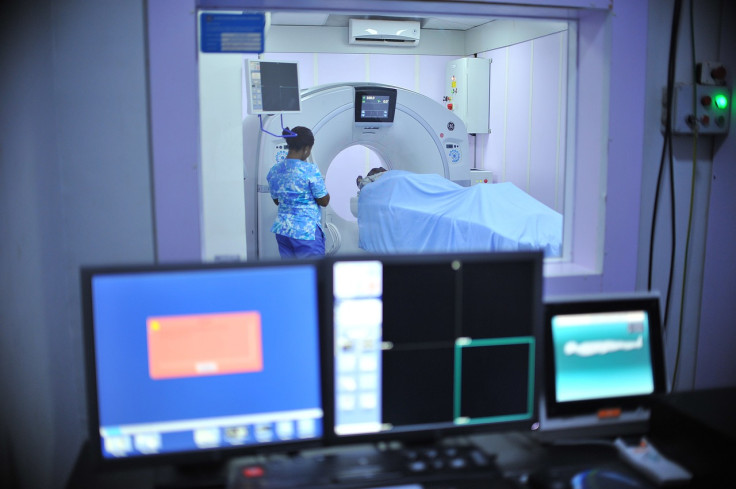MRI Accident Leads To Death Of Man Who Wore Metal Necklace During Procedure: Was He Sucked Into The Machine?
The victim entered an unauthorised MRI room while a scan was in progress

A 61-year‑old man has died after a powerful magnetic resonance imaging (MRI) scanner pulled him in by his metal chain necklace at a community imaging centre in Westbury, Long Island, following an incident during an active scan on Wednesday, 16 July 2025.
He succumbed to his injuries on Thursday, 17 July, and a police investigation remains under way.
Police said officers were called just after 4:30 p.m. local time on 16 July to Nassau Open MRI on Old Country Road, where the man had entered the magnet room while a scan was in progress; the strong static field drew the large metallic chain around his neck towards the bore, precipitating a medical emergency that led to his hospitalisation and subsequent death the next day.
Details Of The Tragedy
Accounts indicate the individual was not the scheduled patient but had accompanied another person and went into the restricted room despite safety procedures that prohibit unauthorised entry during an active examination, with some reports noting he may have reacted to cries from a relative, a circumstance now forming part of the inquiry.
Investigators and health authorities are reviewing how established screening and access controls were applied at the site, while officials have stated that, at this stage, there is no indication of a crime, though regulatory scrutiny of outpatient MRI facility safety arrangements has been highlighted.
Understanding How The Machine Works
MRI systems employ a powerful static magnetic field (B0) that is continuously energised, producing high‑resolution images but simultaneously creating a projectile hazard whereby ferromagnetic objects—from jewellery to larger equipment—can be forcefully accelerated towards the isocentre, necessitating strict exclusion of unsecured metal.
Professional guidance stresses a zoned safety model (commonly four zones culminating in Zone IV, the magnet room) with progressive access controls, structured staff training, and rigorous pre‑entry screening to prevent projectile incidents and device displacement.
Standard patient and visitor instructions require removal of metallic objects—including jewellery, hair accessories, keys and electronic devices—before anyone approaches the magnet room; failure to do so can allow an innocuous personal item to become a dangerous projectile in seconds.
Although the mechanism of this fatal injury is still being formally determined, clinicians note that rapid pulling forces can precipitate traumatic contact, cervical stress, choke‑like compression, or secondary collapse, underscoring why immediate intervention protocols and controlled room access are essential. (Inference based on reported pulling by necklace and documented projectile dynamics.)
Serious MRI adverse events are statistically uncommon: millions of scans are performed annually in the United States while the Food and Drug Administration receives roughly 300 adverse event reports per year involving scanners and coils, most of which concern heating or burns rather than projectile trauma.
Longer‑term analyses of FDA reports show thermal injuries constitute the majority of incidents, with mechanical, projectile and acoustic events comprising smaller proportions—projectile cases representing under a tenth of documented events in a decade‑long review—illustrating both the rarity and the established pattern of hazards when safety layers falter.
Expert safety reviews and national guidance emphasise that robust training, vigilant screening, ferromagnetic detection when available, clear signage, and enforcement of the zone concept are proven mitigations that markedly reduce risk, and authorities are expected to examine each of these elements in relation to this incident.
MRI Saves Lives
Despite the tragedy, medical and regulatory sources reiterate that MRI remains a fundamentally safe imaging modality when protocols are scrupulously applied, providing critical diagnostic detail without ionising radiation, and that adherence to established precautions is key to preventing rare projectile events of this nature.
Officials have yet to release the deceased man's identity while notifying family and finalising findings; the ongoing investigation and any subsequent safety recommendations are anticipated to focus on procedural adherence, visitor supervision, and physical access controls at the facility.
© Copyright IBTimes 2025. All rights reserved.





















